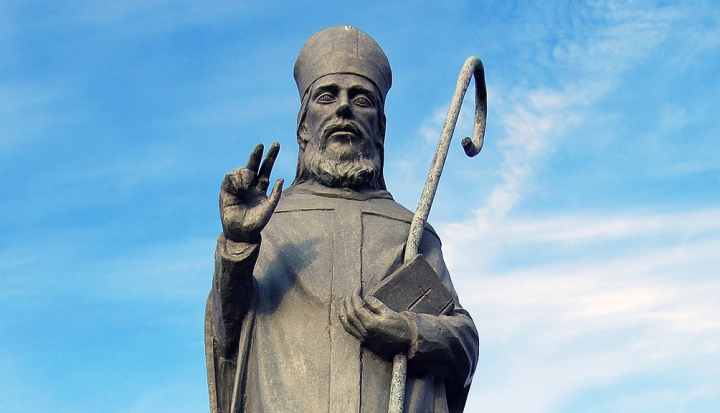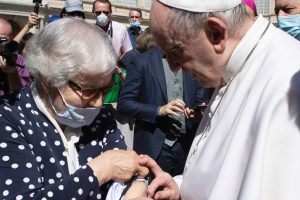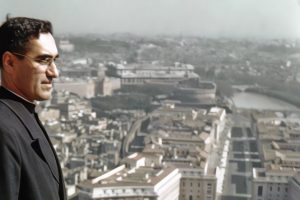No sooner did our new pontiff announce his name as Francis than some “prophecy experts” took to the airwaves, claiming that the new pope is “Peter the Roman,” the fulfillment of the “prophecy of St. Malachy” that this will be the final pope and the end of the world.
Despite the new pope being an Argentine cardinal who chose Francis as his papal name, doomsday believers have tried to salvage the prophecy by arguing that Jorge Mario Bergoglio has Peter somewhere in his birth name and that Pope Francis really is a Roman, since his parents are Italian immigrants who moved to Argentina.
I know from my own Irish family background that many Catholics take these prophecies very seriously. My grandmother, steeped in Irish-American Catholic culture, worried that the successor to Pius XII would choose the name Peter, signaling the end of the world. Throughout history someone is always predicting doomsday, but the hype about Malachy is, as they say, a bunch of malarkey.
The real Malachy was an Irish saint who lived from 1094 to 1148. His alleged prophecies, however, were not discovered until around 1590. The legend goes that Malachy experienced a vision in which he was given insight into popes past, present, and future, and that he recorded this vision as a series of cryptic verses. The prophecies were quite accurate up to about 1590 (conveniently the point at which they were found), but then became rather vague, lending credence to the theory that they are a 16th-century forgery.
Malachy’s predictions are contained in a list of 112 symbolic phrases supposedly representing a list of 112 popes in succession. Most likely, though, the prophecy was created as an attempt to influence the papal election of 1590 in favor of Cardinal Girolamo Simoncelli by having Malachy’s prophecy identify him as the next pope. But Simoncelli was not elected, and Niccolò Sfondrati, who took the name Gregory XIV, was.
Prophecy supporters have already claimed that number 111 on the list, the “Glory of the Olive,” is Benedict XVI because the Benedictines have a branch called the Olivetans, though Benedict himself is not an Olivetan. The prophecy goes on to say of the supposed final pope: “In the final persecution of the Holy Roman Church, there will sit Peter the Roman, who will pasture his sheep in many tribulations, and when these things are finished, the city of seven hills will be destroyed, and the dreadful judge will judge his people. The End.”
Papal historian Anura Guruge says that despite using the name of St. Malachy, the prophecy isn’t worth paying attention to. “The fact is that Malachy is a Catholic saint, so some Catholics attribute magical or spiritual qualities to [the vision]. What they don’t tend to grasp is that more than likely, the entire thing is a forgery.”
This article appeared in the September 2013 issue of U.S. Catholic (Vol. 78, No. 9, page 46).
Have a question you’d like to get answered? Ask us at editors@uscatholic.org!
Image: Wikimedia cc by Patricia Drury













Add comment